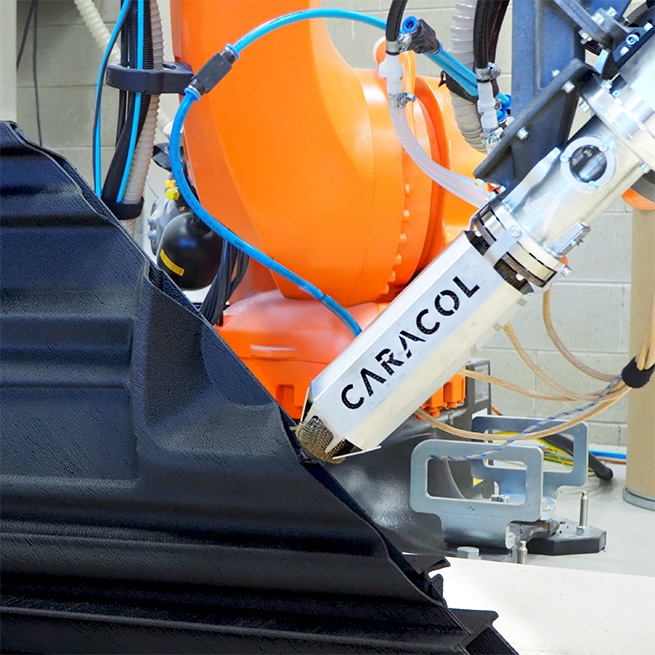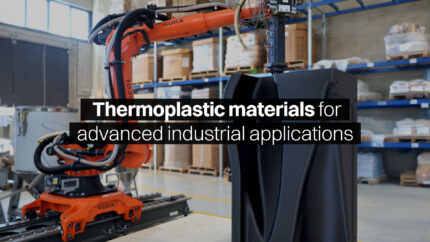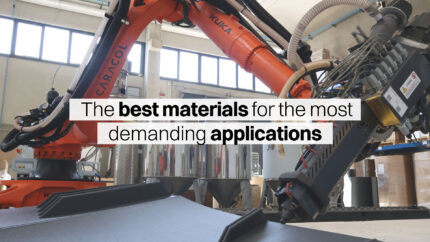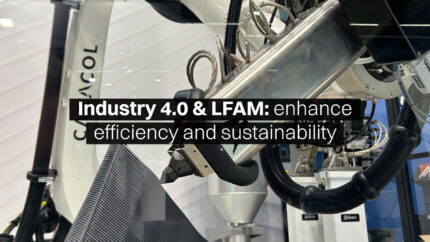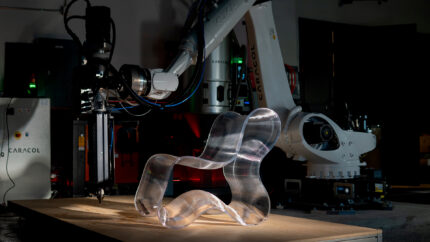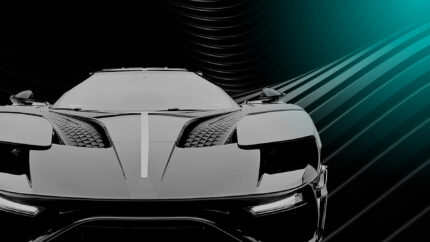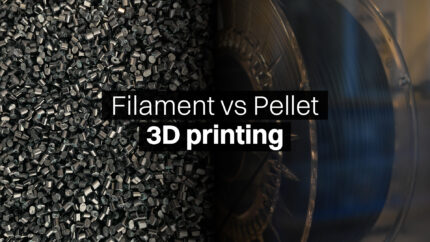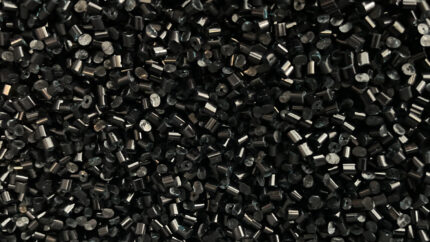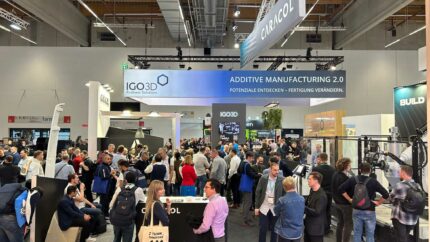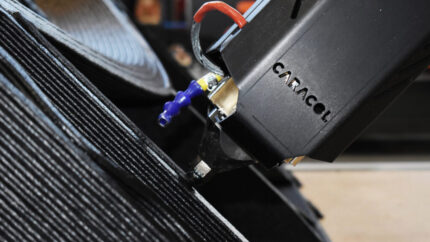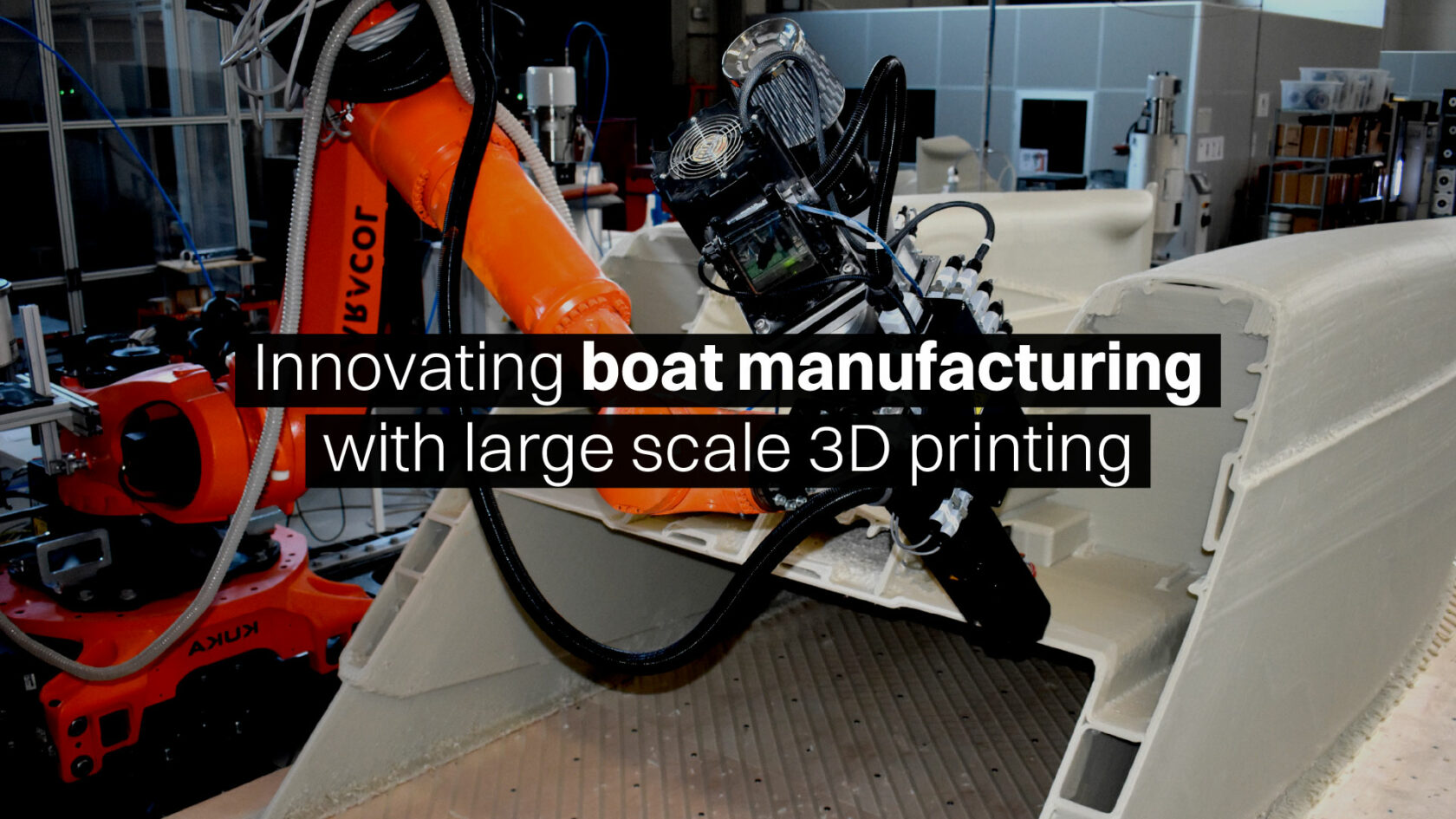
LFAM is revolutionizing marine manufacturing: 3D printed yachts and boats are offering new opportunities for efficiency, sustainability, and customization
Additive manufacturing technologies are revolutionizing production for transportation sectors, from air to land to sea. The maritime industry has shown a growing interest, and thanks to forward-thinking companies and quick adoption of advanced technologies such as those developed by Caracol, large format additive manufacturing is transforming boat building, making it more efficient and sustainable.
A NEW ERA FOR MARINE INDUSTRY
Recently, there has been increasing interest and use of 3D printing for boats, yachts and other marine applications’ manufacturing. Within the industrial marine sector, major ship builders are exploring and utilizing additive manufacturing technologies to produce spare parts and to repair large structures, accelerating the maintenance of large ships and reducing downtime. When it comes to luxury and custom shipyards dedicated to the production of yachts, sailing and racing boats; the adoption of LFAM technologies have been pursued enthusiastically to produce parts from large-scale molds for boat structures to customized finished parts and superstructures.
Traditional methods of boat building – known to be expensive, lengthy, with a significant manual labor and potentially toxic operations for its handling fiber glass – have driven manufacturers to seek alternative solutions. In this scenario, additive manufacturing technologies represent a smart choice as they perfectly integrate with other needs and trends in the industry, such as the use of carbon fiber-reinforced polymers (CFRP), use of sustainable materials, and the application of efficient energy systems like hydrogen fuel cells. The new paradigm of 3D printed boats, combined with these trends – is pushing the industry toward the production of faster, higher-performing, and more sustainable boats.
THE BENEFITS OF INDUSTRIAL 3D PRINTERS IN BOAT MANUFACTURING
Large format additive manufacturing has become game-changing for boat production, as it allows to produce large structures and components in a faster, more efficient, and sustainable way. The main advantages of LFAM in the marine sector include:
- Cost reduction – Optimizes supply chains by using less material, eliminating supports, and reducing production stages.
- Shorter production times – Speeds up development and manufacturing for faster delivery.
- Eliminating unsafe manual processes – Replaces hazardous manual fiberglass lamination with safer 3D printing.
- Greater design flexibility – Enables complex, optimized designs for better performance and aesthetics.
- Efficiencies on low-volumes – Allows custom parts production without high mold costs.
- High customization – Supports single-unit, tailored designs to meet specific customer needs.
- Environmentally friendly – environmental benefits are countless thanks to a process that is more efficient and reduces resource use and waste, fostering recycled and recyclable materials and sustainability.
CARACOL AM TECHNOLOGY FOR BOAT MANUFACTURING
Caracol’s LFAM technology is leading innovation in the marine industry with Heron AM. The turnkey large format additive manufacturing platform is configured with a 6-axis robotic arm, equipped with a compact extruder that deposits polymeric or composite materials with precision and speed, to build large-scale structures.
Heron AM is an industrial 3D printer for boat manufacturing and finds application in different phases of the marine supply chain:
- Master molds for composite lamination – Key for high-quality, durable, and lightweight boat components.
- Structural finished parts – Produces strong, composite hulls and critical parts with high-strength composite materials.
- Custom end-use superstructures – Tailors functional components like air grids and spoilers to specific designs.
- Rapid prototyping – Quickly creates models to refine designs before production.
THE FUTURE OF BOAT MANUFACTURING WITH LFAM
3D printing is transforming boat manufacturing, offering new opportunities for design, production, and maintenance. Despite the challenges, the advantages in terms of reduced costs, faster lead times, design flexibility, and customization are evident. With the continuous development of technology and its widespread adoption, 3D printing boats could become a fundamental production process for the nautical value chain of the future. The adoption of Caracol’s Heron AM technology demonstrates how additive manufacturing is effectively supporting marine manufacturers, helping them revolutionize this sector and make higher-performing and more sustainable boats.
